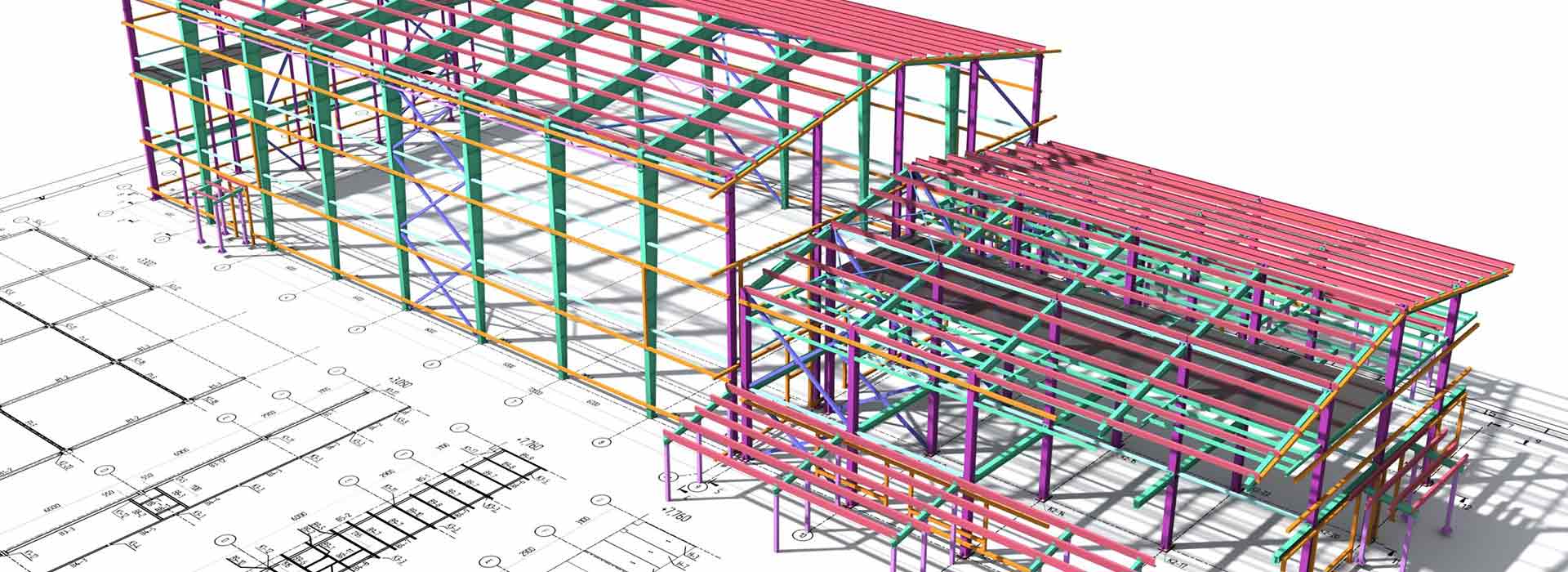Building Information Modelling (BIM) has transformed the architecture, engineering, and construction (AEC) industry by providing a digital representation of the physical and functional characteristics of a facility. When applied to electrical design, BIM can dramatically enhance safety and efficiency.

Introduction to Electrical BIM
Electrical BIM is a specific application of BIM technology that focuses on developing and managing electrical systems within a building. It involves creating digital models of electrical systems, such as power supply, lighting, and communication networks, and integrating them with other components of the building design.
Enhancing Safety through Electrical BIM
One of the key advantages of using Electrical BIM services is that it significantly enhances safety in building design and construction. By creating a detailed and accurate 3D model of the electrical systems, BIM allows engineers to visualize potential safety issues before construction begins.
Firstly, BIM software can automatically detect and highlight clashes or interferences between electrical systems and other building components. For example, it can identify if an electrical conduit is running through a structural beam or if a light fixture is too close to a sprinkler head. By resolving these issues in the design phase, it can prevent costly and dangerous construction errors.
Secondly, Electrical BIM can help ensure compliance with safety regulations and standards. The software can be programmed with the latest codes and standards and can automatically check the design for compliance. This not only helps avoid fines and delays but also ensures that the building’s electrical systems are safe and reliable.
Boosting Efficiency with Electrical BIM
In addition to enhancing safety, Electrical BIM also boosts efficiency in building design and construction. It allows for better coordination and collaboration between different trades, leading to faster and more cost-effective projects.
With BIM, all stakeholders can work on a single, shared model, which helps prevent miscommunication and rework. For example, the electrical engineer can see exactly where the mechanical engineer has placed the HVAC ductwork and can accordingly plan the routing of the electrical conduits.
Furthermore, Electrical BIM can automate many time-consuming tasks, such as creating schedules and generating material takeoffs. This not only speeds up the design process but also reduces the risk of human error.
Lastly, BIM design services can be used for simulation and analysis, which can lead to more efficient and sustainable electrical designs. For example, engineers can use BIM to simulate different lighting scenarios and choose the most energy-efficient solution.
Prospects of Electrical BIM
The future of Electrical BIM looks promising with continuous advancements in technology. Machine Learning and Artificial Intelligence can be integrated with BIM to predict and resolve potential issues even more accurately and efficiently. These technologies can analyze the vast amount of data generated by BIM and provide insights that would be impossible for humans to discern.
Moreover, the advent of 4D, 5D, and 6D BIM, which incorporate time, cost, and lifecycle management respectively, will provide an even more comprehensive view of the project. This will allow stakeholders to make more informed decisions, further improving safety and efficiency.
Overcoming Challenges in Implementing Electrical BIM
Despite its numerous advantages, implementing Electrical BIM can be challenging. It requires a significant investment in software, hardware, and training. Furthermore, it necessitates a shift in the traditional way of working, which can be difficult for some firms to embrace.
However, these challenges can be overcome with proper planning and commitment. The initial cost can be recouped through the efficiency and cost savings that BIM brings. As for the cultural shift, it can be facilitated through change management strategies and continuous training.
The Conclusion
In conclusion, Electrical BIM is a powerful tool that can significantly enhance safety and efficiency in building design. By providing a detailed and accurate 3D model of electrical systems, it allows for better visualization, coordination, and analysis. While the initial cost and learning curve of BIM may be high, the long-term benefits in terms of cost savings, time savings, and improved safety are well worth the investment.
As digital technology continues to advance, BIM is set to become even more integral to the AEC industry. Therefore, professionals in the field need to embrace this technology and harness its potential to create safer, more efficient, and more sustainable buildings.
